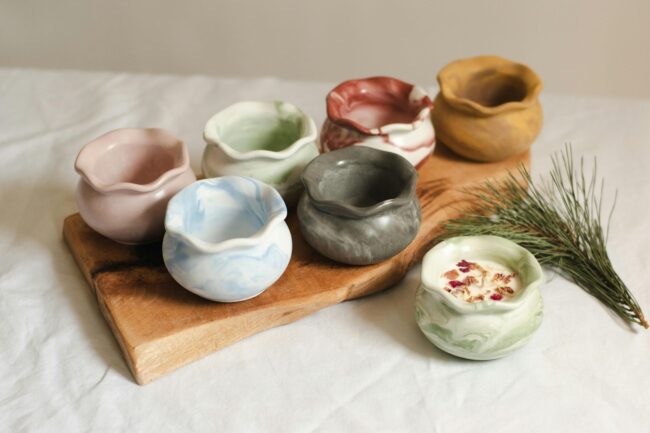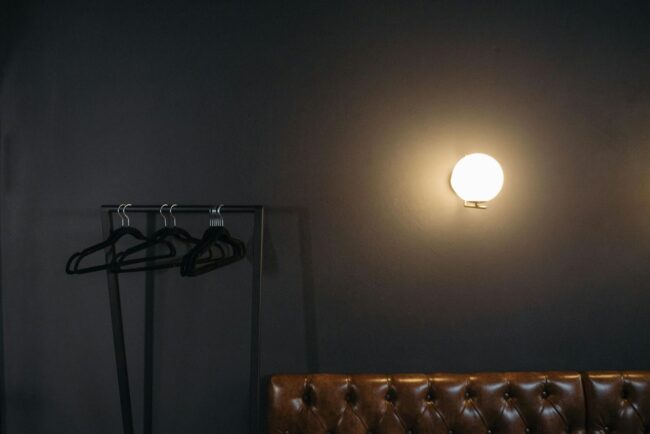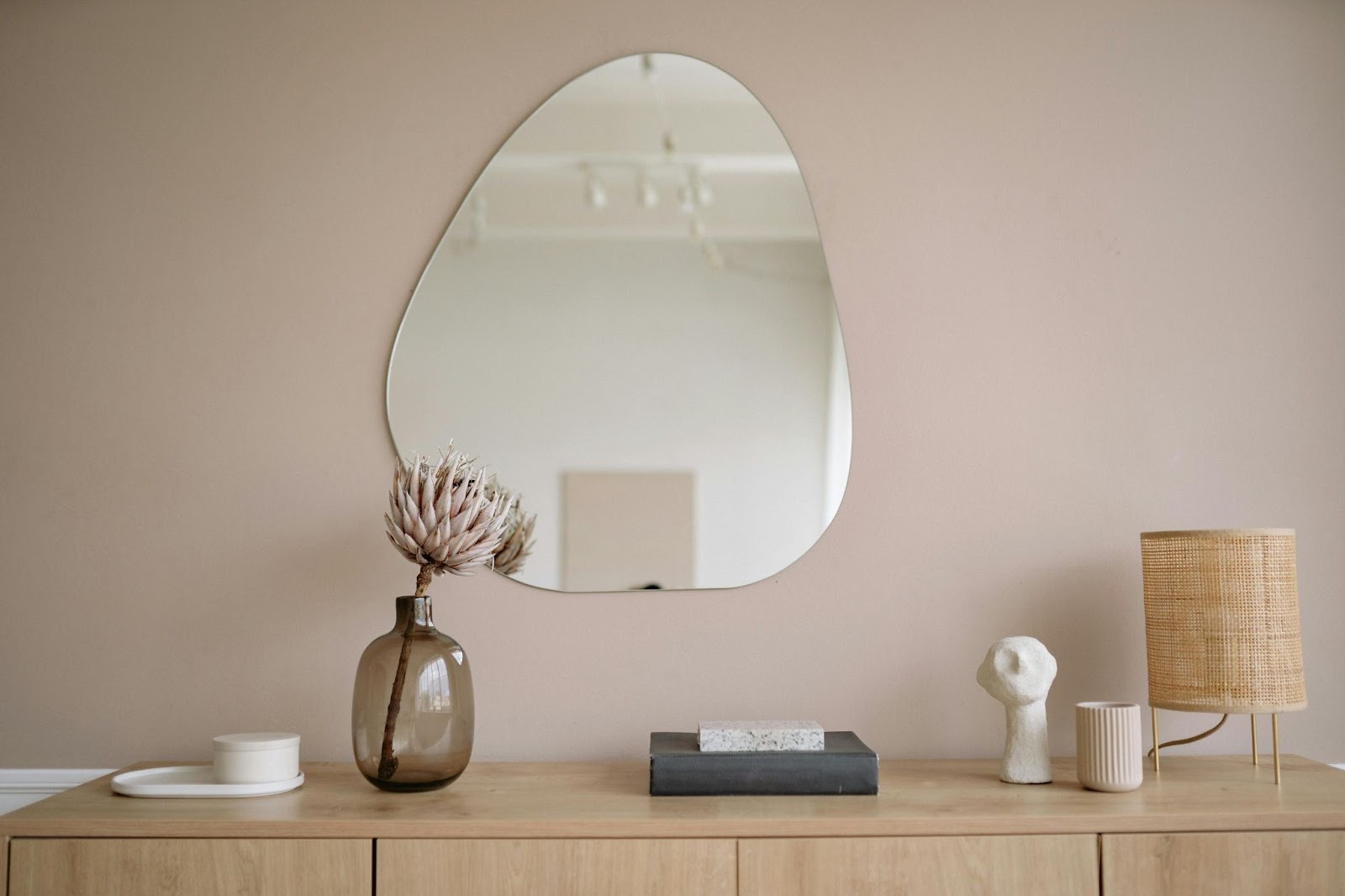Silence is not empty. It holds energy that shapes everything around you. Your home carries that same power; every wall, every shade, every flicker of light speaks to your state of mind. When the space feels aligned, the body softens, and thoughts find order. You don’t decorate to impress. You build an atmosphere that listens back. Design becomes a ritual of presence and a dialogue between you and the room that holds your truth.
How Interior Design Shapes Mental Well-Being
Walls remember. Spaces absorb emotion. The design of your home mirrors the rhythm of your inner life. Research in the Journal of Environmental Psychology shows that open, organized spaces reduce cortisol levels and sharpen mental focus. Cluttered rooms, dim corners, and poor flow keep the mind in quiet tension. You feel it before you see it.
Natural textures and symmetry create calm because the brain seeks pattern and order. Wood, linen, and stone ground the senses. Airy rooms and natural light open the body to breathe more fully. Even ceiling height changes perception.Research shows higher ceilings encourage creative thought, while lower ceilings bring focus and intimacy.
You shape your emotional landscape with every object you choose to keep or remove. When the layout breathes, you do too. When you choose light over shadow, your nervous system responds with ease. Home is a living organism that reflects your emotional hygiene so treat it with intention to make it become a quiet collaborator in your balance.
Using and Creating Art That Brings Peace in Your Décor

Art is not decoration. It is breath. It confronts you and holds you still until you remember yourself. When you live with art that speaks truth, the air changes. The walls become witnesses. Every brushstroke, every shape, every silence within it rearranges your emotional gravity. Calm art—soft tones, empty space, repetition—creates peace not because it distracts, but because it allows you to feel without chaos.
Research shows art lowers cortisol and stabilizes heart rhythm. But beyond data, you know it in your body. A painting with balance steadies your pulse. A sculpture with rough edges mirrors your resistance. The room becomes a mirror for your state of mind.
To create art is to enter stillness. Hands move, breath slows, thought dissolves. This is not performance. It’s presence. Paint with your fingers. Shape clay until it listens. Thread fabric into form. You can start with guided rituals such as punch-needling, paint-by-number kits . They are small acts of quiet repetition. When the piece dries, it carries that silence into your space. If you want to begin, visit Number Artist official store and find what calls you. Create it. Let it hang near where you sit alone. Let it remind you of the moment you made peace tangible.
Understanding Color Theory for Emotional Balance
Color speaks before thought. It moves through you like sound through water. Every shade carries a frequency — invisible, but felt. When you understand its language, you stop decorating and start conducting energy. The mind reacts instantly; the body follows. Color is emotion made visible. Use it with awareness, and your home begins to heal you quietly.
Each hue has its own presence — its own pulse:
- Blue — slows the heartbeat. It belongs to silence and reflection. A color for clarity, rest, and honest solitude.
- Green — restores balance. It connects breath with body, mirroring the calm rhythm of nature. It’s renewal, patience, return.
- Yellow — calls the sun inward. It stimulates attention and lifts energy, but too much burns. Use it where life feels heavy.
- Red — wakes the body. It brings heat, movement, hunger. A reminder of strength and desire. In balance, it gives power. In excess, it shouts.
- White — empties noise. It holds purity, pause, and potential. A clean beginning each morning.
- Black — absorbs thought. It grounds chaos, gives weight to light, and demands honesty.
- Earth tones — clay, sand, ochre. They anchor emotion. They remind you that stability is also beauty.
Lighting Choices That Support Mood and Energy

Light defines the rhythm of your emotions. It shapes how you wake, how you rest, how you exist between both. Too much glare fractures calm; too little light invites stagnation. The body knows before the mind does. Circadian rhythm, serotonin, and focus all respond to brightness and tone. When the light feels right, the mind follows.
Ambient light is the house’s heartbeat. It softens edges, melts shadow, and creates intimacy. Use it to guide the mood, not control it. Place warm lights low — at eye level or below — where they breathe softly against walls and objects. Layer light: ambient for calm, task for precision, accent for story. Let corners glow instead of shine.
Natural light remains sacred. Keep windows clear, let the day spill in, and notice how morning light heals in a way no bulb can imitate. But when night arrives, let it speak gently. Lamps with fabric shades, string lights woven through plants, candles, even salt lamps — each one shifts the temperature of thought.
The lava lamp has returned, pulsing like memory. Its slow motion hypnotizes, its glow warms the room like nostalgia. It’s not kitsch; it’s presence in motion. Every ripple reminds you that stillness isn’t static — it moves, slowly, like light learning to breathe.
Bringing Balance Through Feng Shui Principles
Energy moves like breath. When it stops, the room suffocates. Feng Shui is not superstition — it’s awareness. It teaches you to see what the body already feels. Every space carries flow or resistance. When the elements align, life inside the home becomes lighter, sharper, awake.
Balance begins with intention. You decide what stays, what leaves, what speaks. Then you let the house exhale.
Principles of home well-being:
- Flow of energy (Chi): Keep pathways open. Don’t let furniture block entrances or light. Movement must feel effortless — energy is alive only when it circulates.
- Five elements: Balance wood, fire, earth, metal, and water. Each one feeds the other. Wood brings growth, fire adds passion, earth grounds, metal clears, water softens. Absence of one unbalances all.
- Command position: Place your bed and desk so you face the door but don’t align directly with it. The body relaxes when it sees without being exposed.
- Decluttering: Every unnecessary object traps energy. The act of removing is more powerful than adding.
- Mirrors and light: Use them to expand space and reflect vitality, but never to duplicate chaos.
- Nature: Bring plants, natural textures, air, and sound. Life recognizes life.
Conclusion
Peace is not bought; it’s built. You build it with color that listens, light that forgives, and objects that mean something when the world outside forgets you. A mindful home doesn’t shout beauty — it whispers truth. Every wall becomes a mirror for your awareness. Every corner carries silence that heals.
Stand in the middle of your space. Feel what is alive and what is asleep. Then start rearranging until it feels honest. That’s where the art begins. That’s where you return to yourself.

